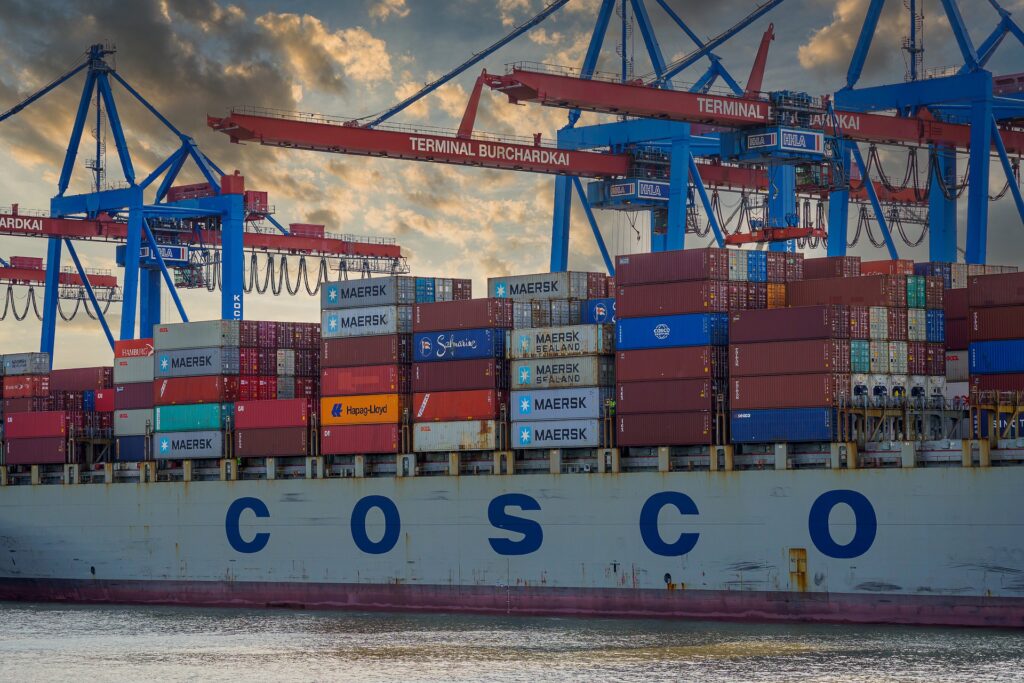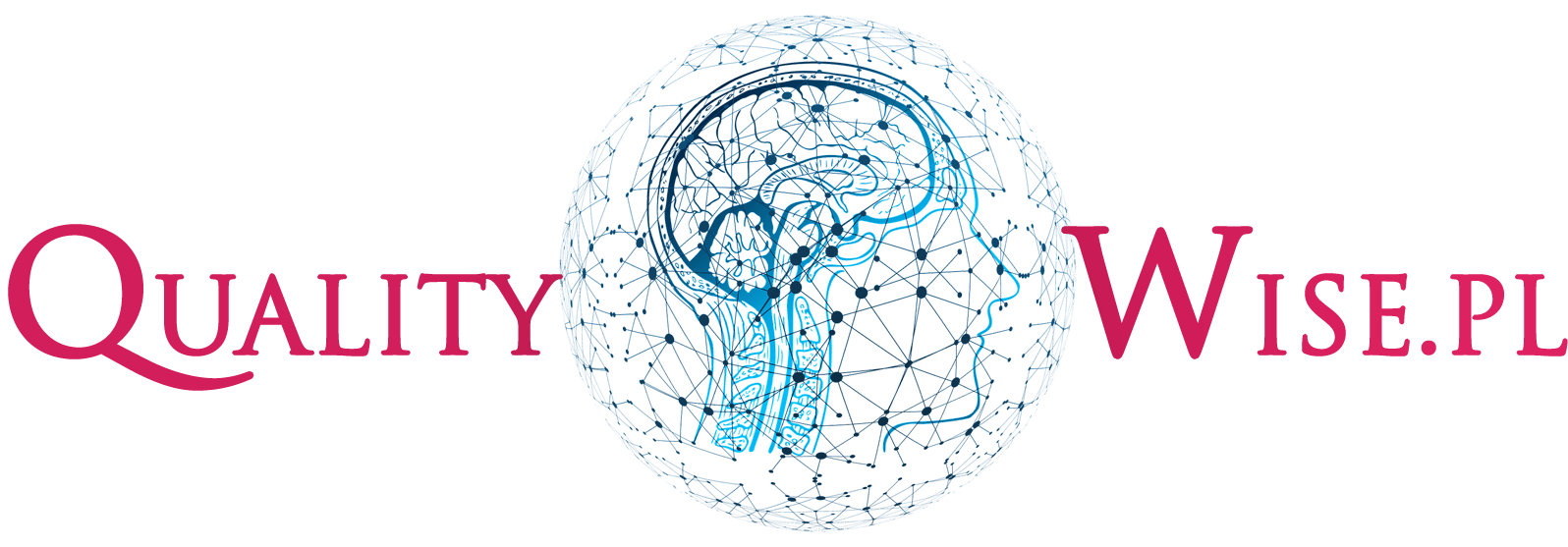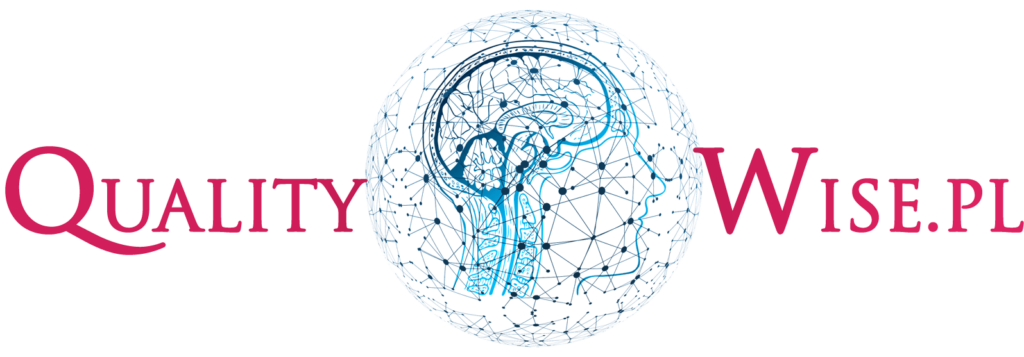
An organization certified for compliance with ISO 9001:2015 and IATF 16949: 2016 is obligated to make a certain solution for supply chain management. These requirements relate to, inter alia, determine and apply criteria for the evaluation, selection, monitoring of performance, and re-evaluation of external providers. In addition to these criteria, I would like to write to you about the information for external providers.
Supply chain management
Let’s start with Supply Chain Management (SCM). This means managing the flows between the supply links, its planning, management and monitoring of the cooperation.
You can distinguish:
- internal SCM which were related to sourcing, production and distribution issues.
- external SCMs that are integrated with service providers and customers.
Supply chain – what is it?
The object of SCM obviously is the supply chain which represents
“a network of organizations that are involved, through upstream and downstream linkages, in the different processes and activities that produce value in the form of products and services in the hands of the ultimate consumer.”
H. Stadtler, Ch. Kilger, 2008
In a broad sense a supply chain consists of two or more legally separated organizations, being linked by material, information and financial flows. These organizations may be firms producing parts, components and end products, logistic service providers and even the (ultimate) customer himself. So, the above definition of a supply chain also incorporates the target group – the ultimate customer.
Supply chain – benefits
We can emphasize:
- facilitating global selection of the product,
- optimization of supply sources,
- planning for material when determining production limitation,
- creating collective producers with supply, storage, production and transport of manufactured goods,
- management for supply network infrastructure,
- risk management for constraints on existing supply networks.
Information for external suppliers
Already in the ISO 9001: 2015 standard, in section 8.4.3, we can find the requirement which information the organization should communicate to external suppliers regarding its requirements. We will find information on:
- the processes, products and services supplied from the outside,
- the approvals of:
1.products and services,
2.methods, processes and equipment,
3.the rules for releasing products and services,
- competences, including the required qualifications,
- interaction of the external supplier with the organization,
- control and monitoring of the effects of activities,
- verification or validation that the organization, or its customer, intends to perform at the external providers’ premises.
Of course, you should ensure that your requirements are adequate before handing them over to an external supplier.
What does IATF 16949: 2016 require?
IATF 16949:2016 in clause 8.4.3.1 supplements the requirements of ISO 9001:2015 with additional requirements. Therefore, the organization shall pass down all applicable:
- statutory and regulatory requirements,
- special characteristics for products and processes.
The intention of this requirement is to draw attention to the fact that suppliers are treated here as specialists in their products or services. Therefore, they should have specialist knowledge in this area. They should comprehensively identify statutory and regulatory requirements that the customer would not need to know to the same extent. In addition, special characteristics may result from this expertise and additional risk analyzes such as DFMEA.
Another requirement under the same point of IATF 16949:2016 is – in my opinion – an absolutely critical requirement:
- suppliers shall cascade all applicable requirements to their suppliers along the supply chain, all the way to the point of manufacture.
And here it should be noted that in the supply chain (especially at the levels remote from the customer), the requirements of OEM (Original Equipment Manufacturer) customers communicated in the customer specific requirements (CSR) or other requirements are still important.
Each supplier in the supply chain is responsible for the distribution of these requirements. Therefor it is written “to the point of manufacture.”
So, what does “the point of manufacture” mean?
Reference is made here to the definition of manufacturing in chapter 3.1 of IATF 16949: 2016.
Manufacturing – the process of process of making or fabricating
- Production materials.
- Production parts or service parts.
- Assemblies.
- Heat treating, welding, painting, plating, or other finishing services.
Thus, the obligation to communicate information along the supply chain extends to organizations right down to the source of their raw material sourcing. Only their extraction will be exempt from the requirements of the automotive supply chain, which results from their definition.
Raw materials are products of the mining industry, i.e. mining that extracts minerals. According to M. Porter’s value chain, mineral as a raw material extracted from the ground i.e. coal, crude oil, metal ores, does not gain any added value resulting from its processing at this stage. Therefore, it would be difficult to perform e.g. the production approval process 😊
Get your own checklist of the information for external providers!
I encourage you to download the checklist of the information for external providers that I have prepared for you. You can use it in your work by editing it as you like.
Hope you found this article interesting.
Thank you for your presence.
Agata Lewkowska Ph.D.
PS. If I can help you with quality management issues, please contact me. You may also join me in my private group on Facebook: ISO 9001 & IATF 16949 QualityWise Group.
For people who want to know more:
H. Stadtler, Ch. Kilger, Supply Chain Management and Advanced Planning Concepts, Models, Software, and Case Studies, Springer-Verlag 2008
IATF 16949: 2016 Requirements for quality management systems in serial production and the production of spare parts in the automotive industry, 1st edition, 2016
ISO 9001:2015 Quality management systems — Requirements
All content on the qualitywise.pl website is a private interpretation of publicly available information. Any convergence of the described situations with people, organizations, companies is accidental. The content presented on the website qualitywise.pl does not represent the views of any companies or institutions.

